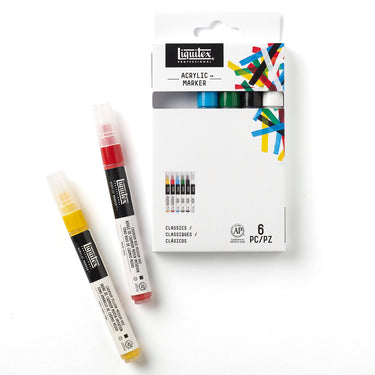Basics Acrylic
Unbleached Titanium
An opaque, warm creamy white containing a blend of pigments. The shade originated in the 1960s as the result of a manufacturing error when making titanium white paint
Add name of selected color
All orders placed will be shipped from Monday 5th January 2026
Overview
Basics is for all - from those new to painting, to experienced artists. Ideal if you’re a beginner. If you’re on a budget. Perfect for underpainting or sketching if you’re a serious artist. And for color scoping and exploration if you’re a creative professional. This medium viscosity paint is made with lightfast, artist-quality pigments in an expanded choice of 72 colors
Character
- Medium viscosity
- Fine art pigments
- Satin finish
- Easy blending
- Range of opacities
- Fully AP certified for safety & educational use
Techniques
- All painting techniques
- Sketching & underpainting
- Color theory/mixing
- Collage & mixed media
- glazing & murals
SPECIFICATIONS
| SKU: | 887452057932 |
|---|---|
| Colour Code: | 434 |
| Lightfastness: | Excellent |
| Opacity: |
 Opaque
Opaque |
| Series: | 1 |
| Pigment Code: | PBk11,PR101,PW6,PY42 |
Health & Safety
Product information
Liquitex satisfaction guarantee when buying direct. If for any reason you are not satisfied with a Liquitex product you purchased from liquitex.com you may request a refund or replacement product within 45-days.
Most orders ship within 1 to 2 business days. See expedited shipping options at checkout.
Lightfastness | How long will it resist fading?
- Each pigment is rated on scale by the American Society for Testing & Materials (ASTM). Liquitex paints are all rated ASTM I (excellent) or II (very good) and considered permanent and lightfast for 50-100+ years in gallery conditions. Our metallic and fluorescent colors are naturally less lightfast.
Opacity/Transparency | We communicate opacity/transparency clearly on our packaging based on three categories:
- Opaque: these colors do not allow light to pass through the color layer and offer the best coverage or hiding power.
- Semi-opaque: these allow for some light to pass through the color layer and sit between opaque and transparent colors
- Transparent: these colors offer the least coverage and allow light to pass through the color layer to the surface below.
- Series:
Pigments come from a variety of sources and have different prices according to their rarity, processing and milling costs. We group our colors into a 'series' pricing structure according to how much each one takes to make. Series 1 colors contain the most inexpensive pigments, while Series 4 and 5 color contain the most expensive pigments.
MEET LIQUTEX BASICS ACRYLIC COLOR
we should hold on one of the frames at the end before transisitioning to the sting. I like the edit, but it feels odd to fade into the sting from motion rather than holding on the last frame for a beat more and fading that
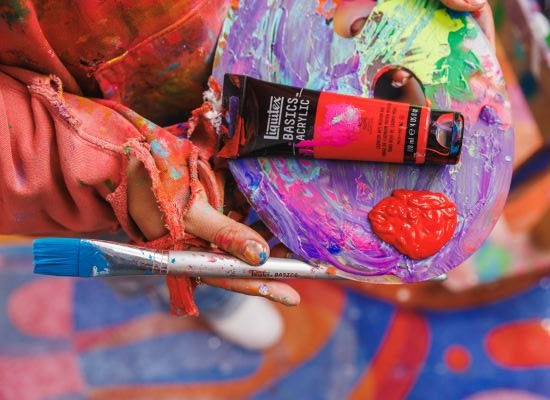
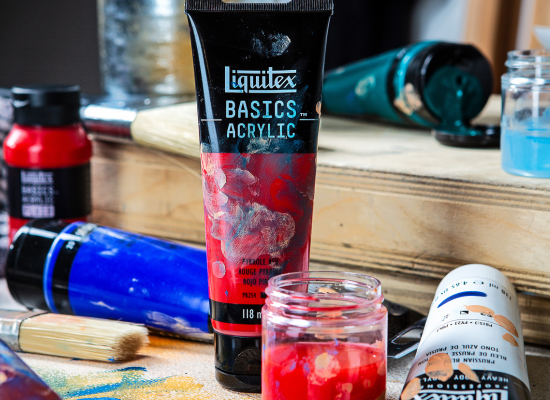
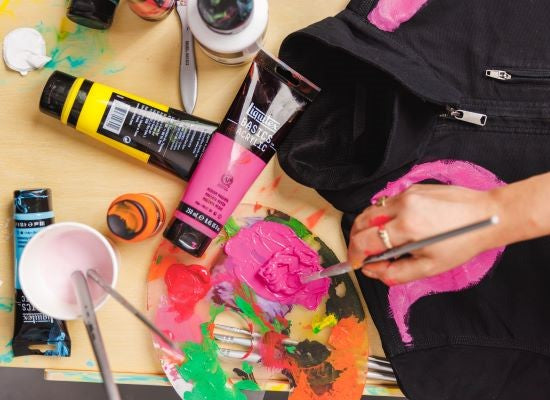
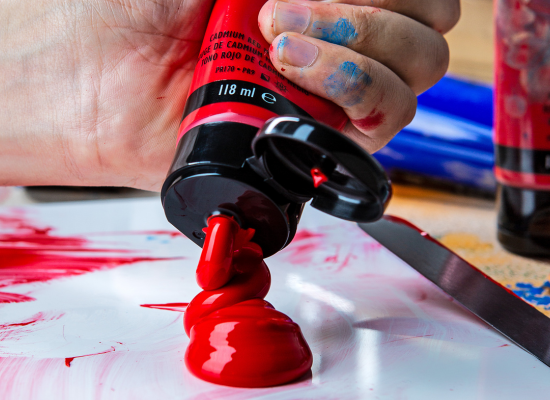
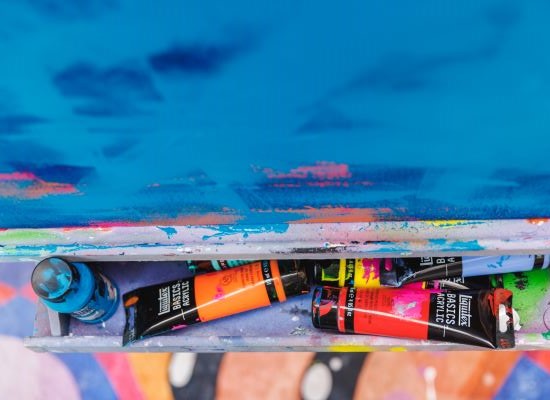
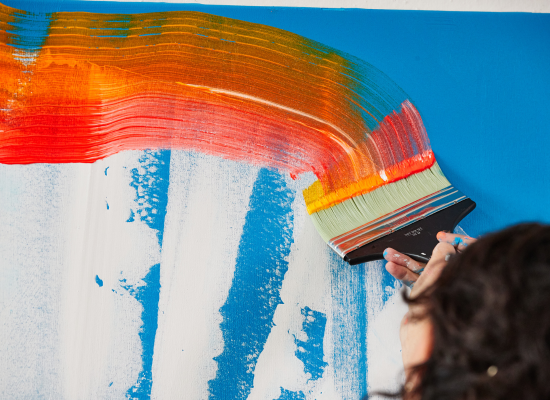
FREQUENTLY ASKED QUESTIONS
Other creatives have asked us...

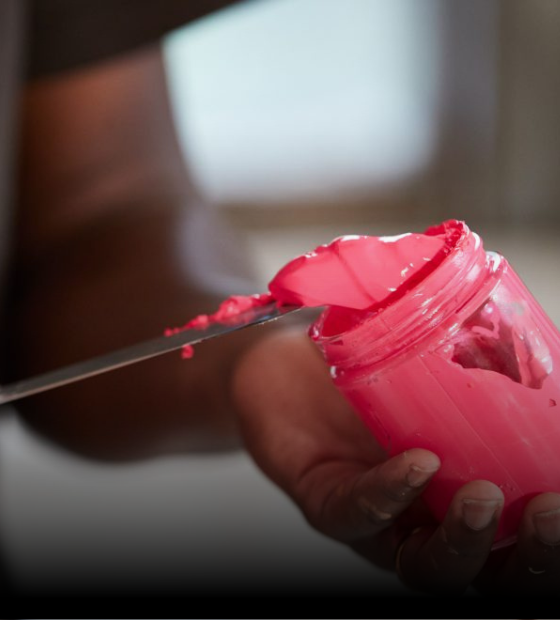
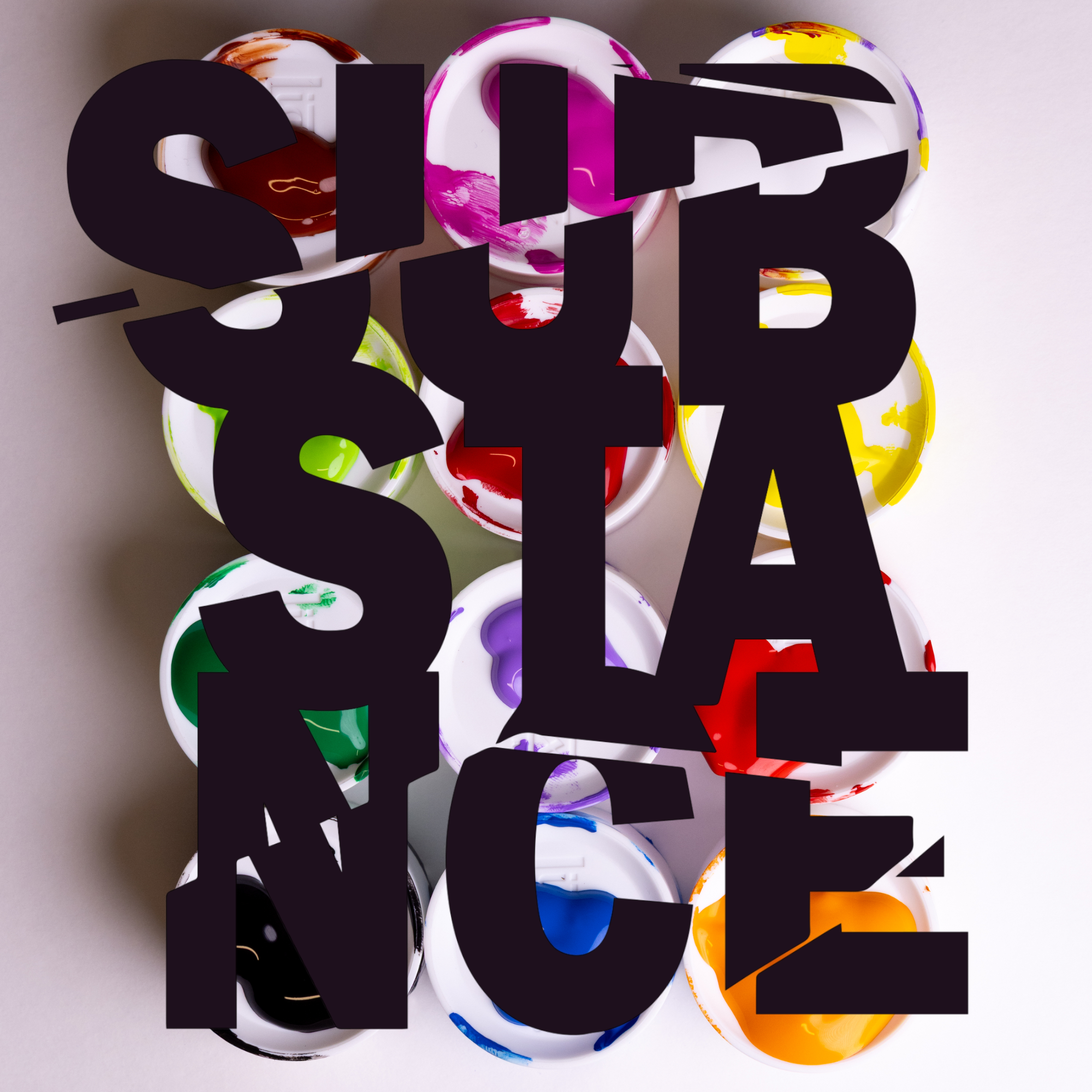
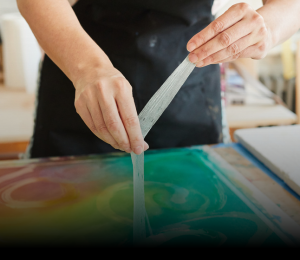
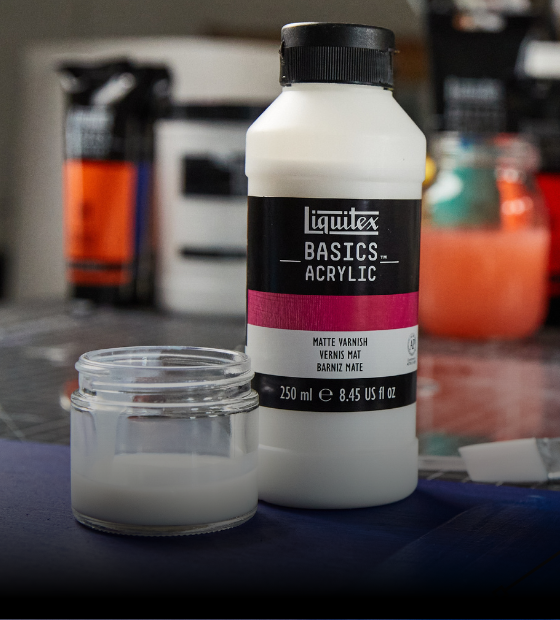
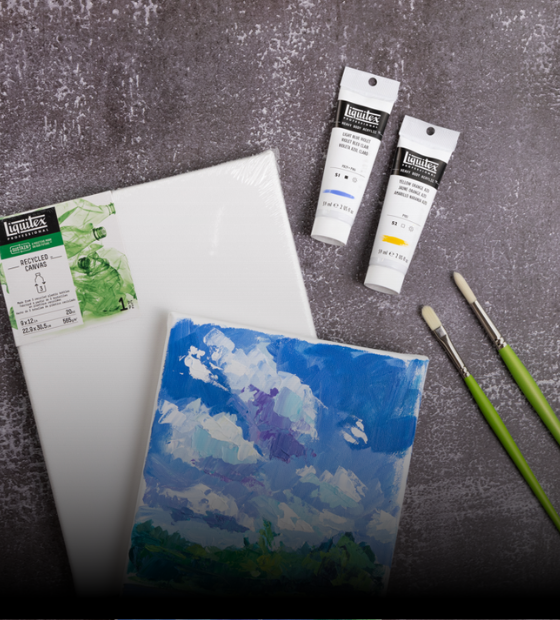
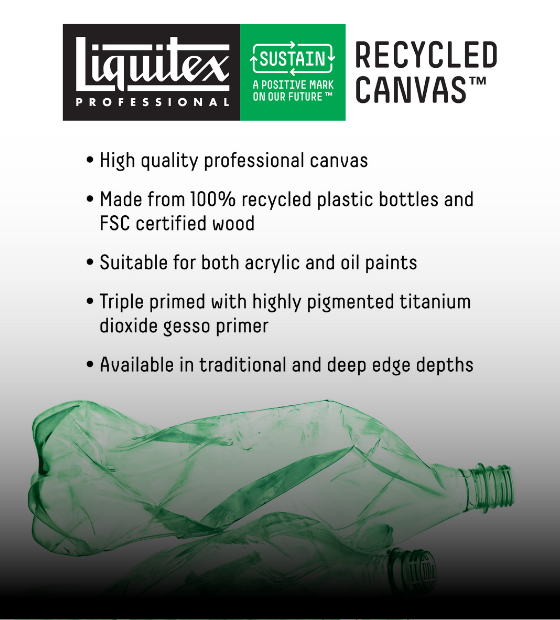
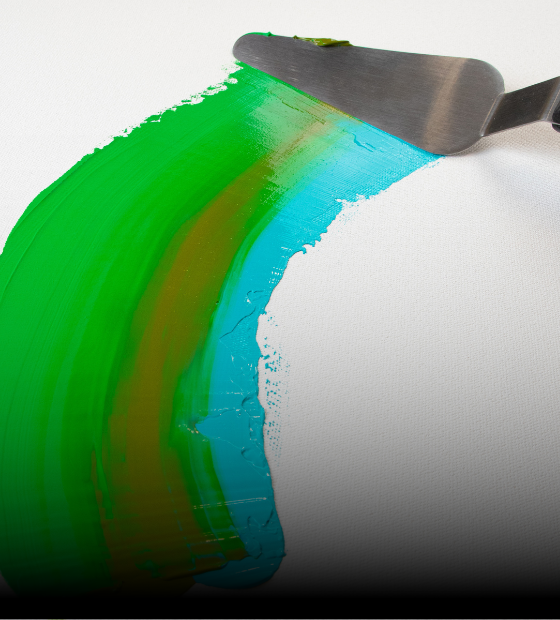
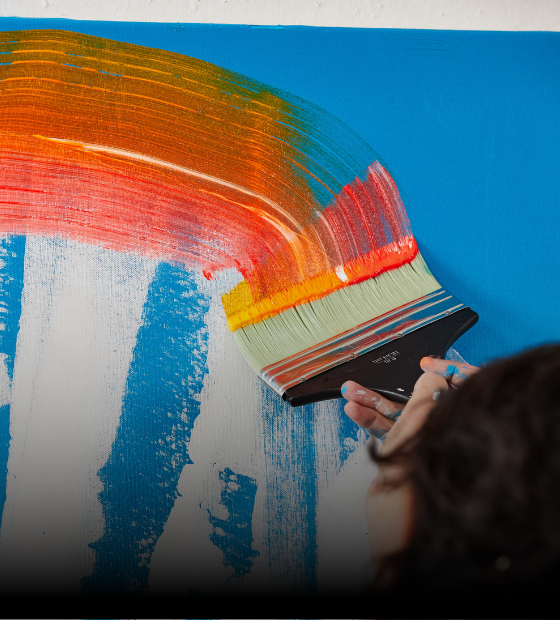
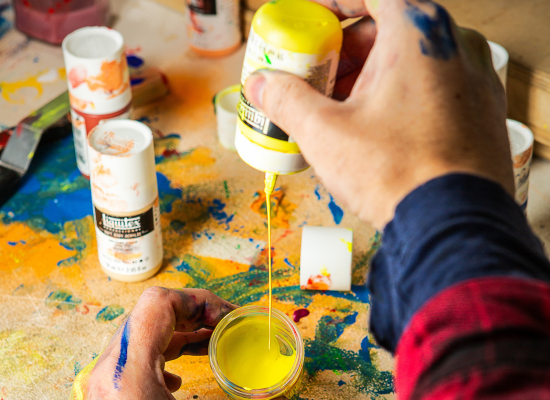
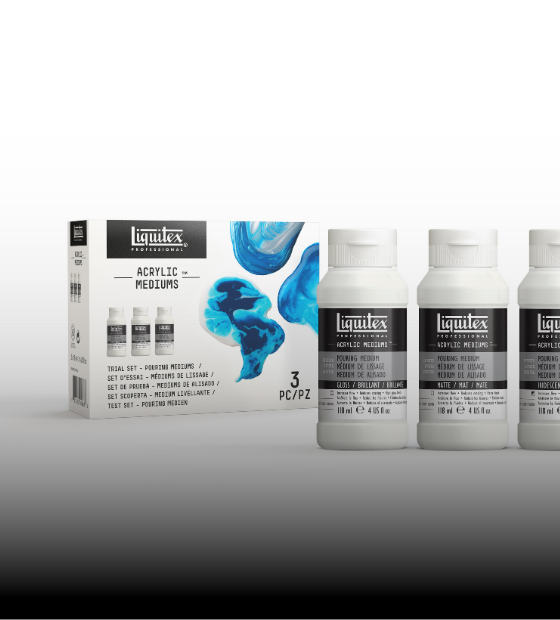
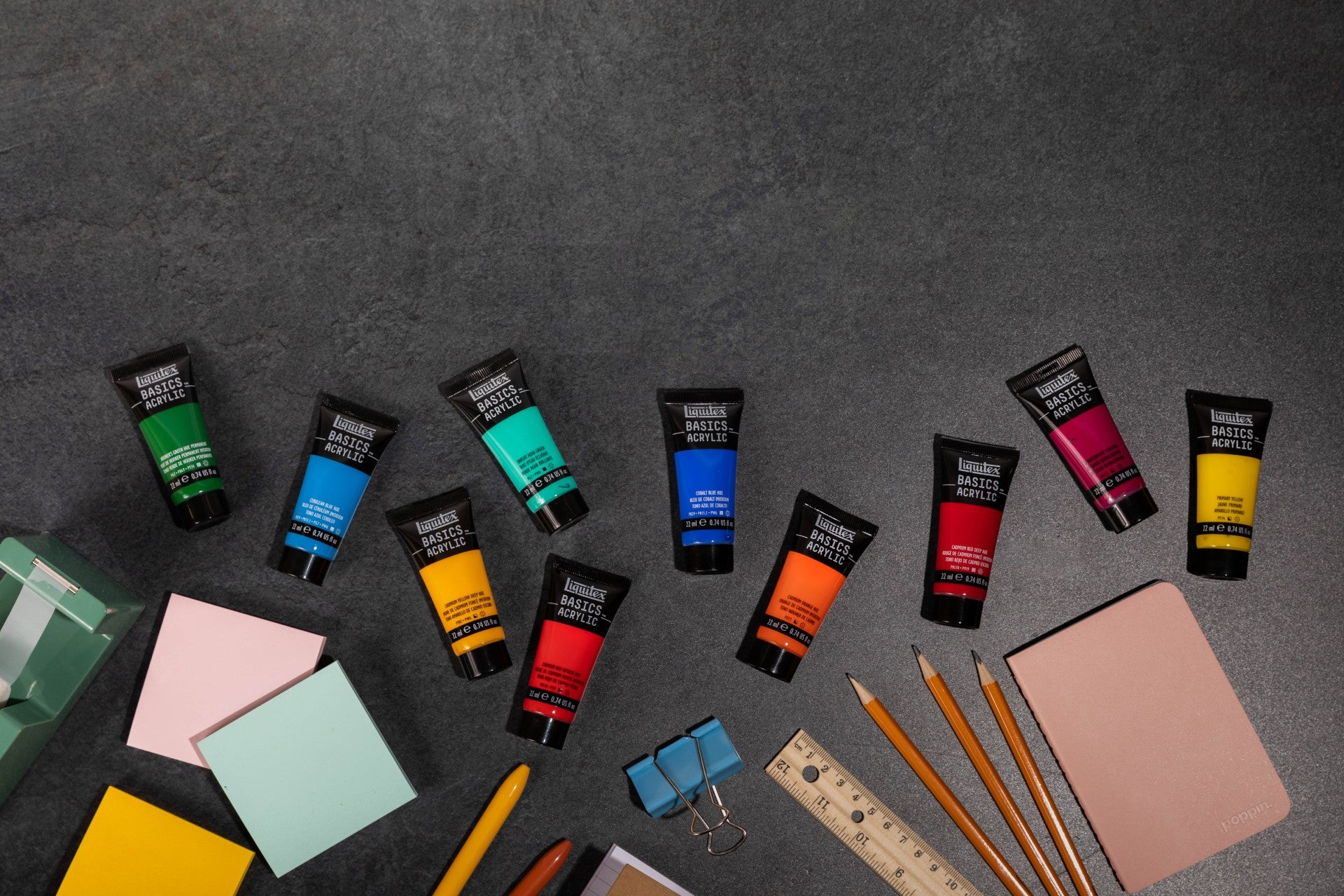
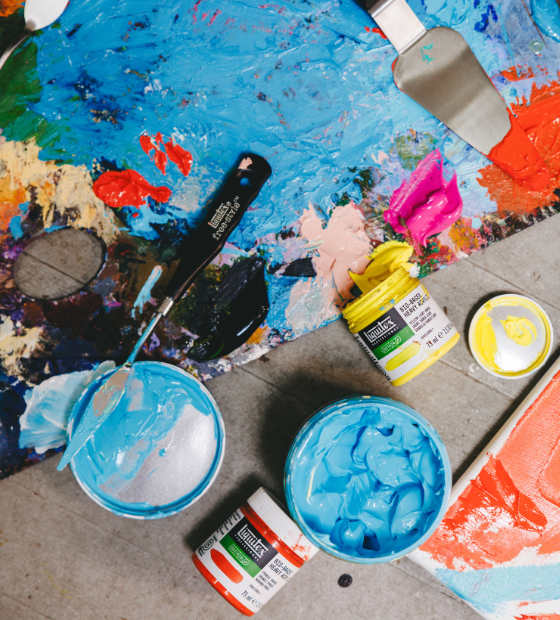

![LQX BASICS ACRYLIC UNBLEACHED TITANIUM [SWATCH]](http://uk.liquitex.com/cdn/shop/files/140878_375x375_crop_center.jpg?v=1733425587)
![LQX BASICS ACRYLIC 118ML 434 UNBLEACHED TITANIUM 887452049814 [ROW]](http://uk.liquitex.com/cdn/shop/files/102581_c7a8098b-97cd-4c58-a60d-62988c3b8bef_375x375_crop_center.jpg?v=1733425588)
![LQX BASICS ACRYLIC 250ML 434 UNBLEACHED TITANIUM 887452052937 [ROW]](http://uk.liquitex.com/cdn/shop/files/102819_83fe1261-37c0-4995-ace3-e49de0de03dd_375x375_crop_center.jpg?v=1733425716)

![LQX BASICS ACRYLIC 434 UNBLEACHED TITANIUM [WEBSITE SWATCH]](http://uk.liquitex.com/cdn/shop/files/71792_61ef8a8e-937d-4dca-a834-4f5306c694be_375x375_crop_center.jpg?v=1735734879)
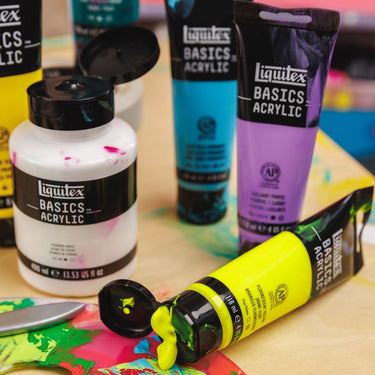


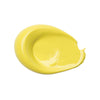
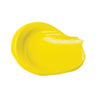
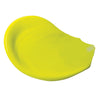
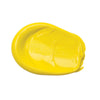
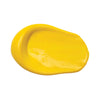

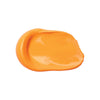
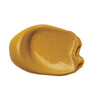
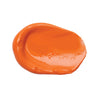
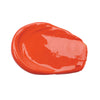
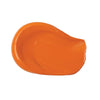
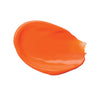
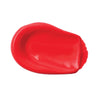
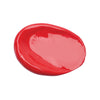
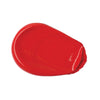
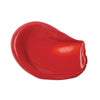
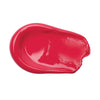
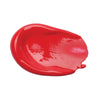
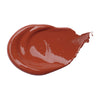
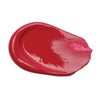
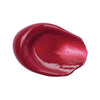
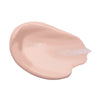
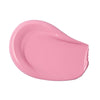
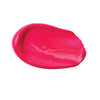
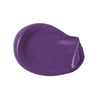
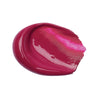
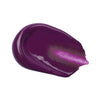
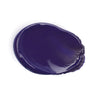
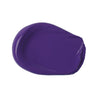
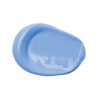
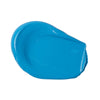
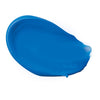
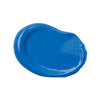
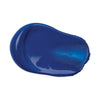
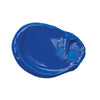
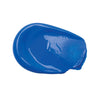
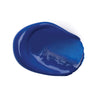
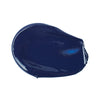
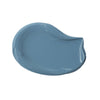
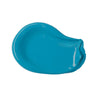
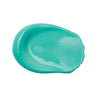
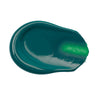
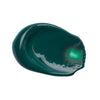
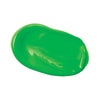
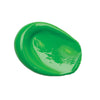
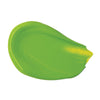
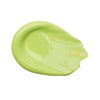
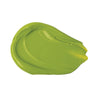
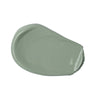
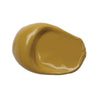
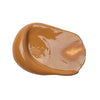
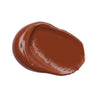
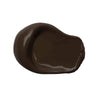
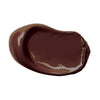
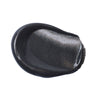
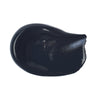
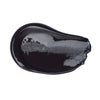
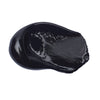
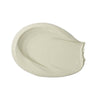
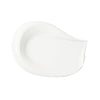
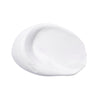
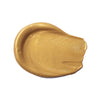
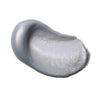
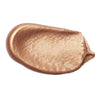
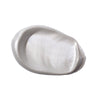
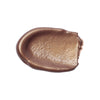
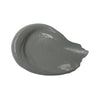
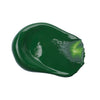
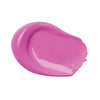
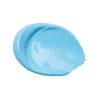
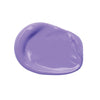
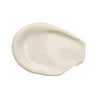
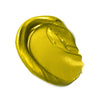
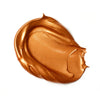
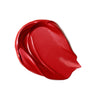
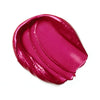
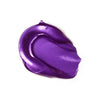
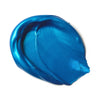
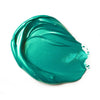
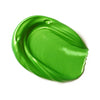
 Download safety data sheet
Download safety data sheet

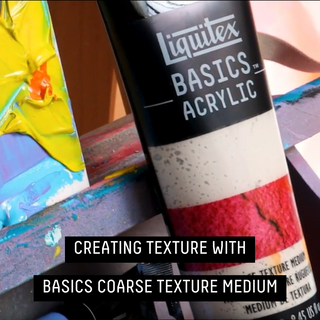
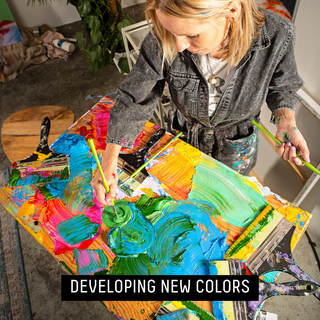
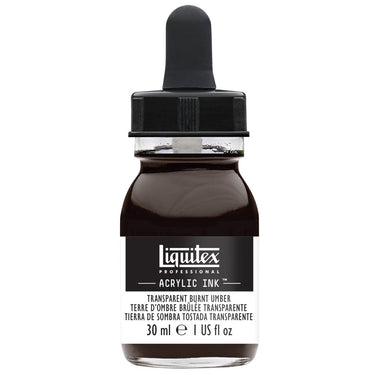
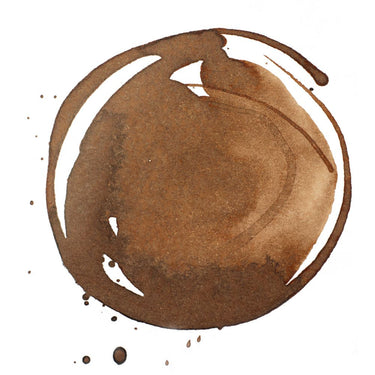
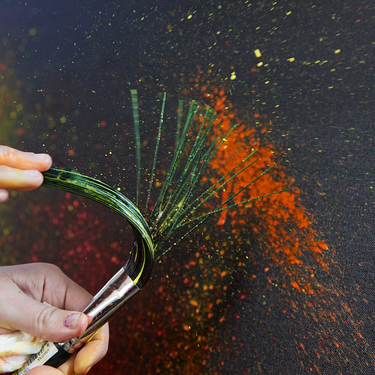
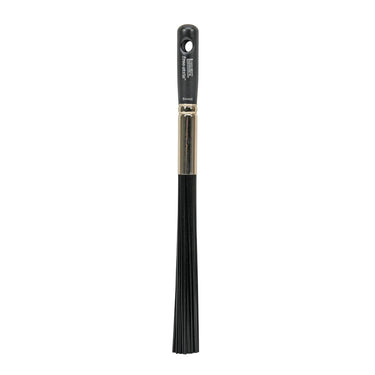


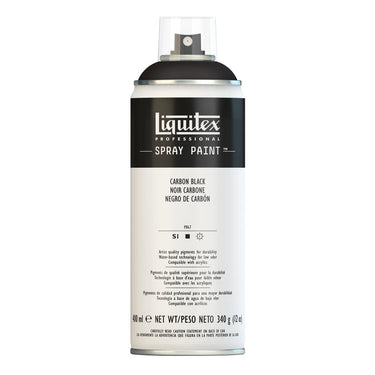



![LQX ACRYLIC MARKER SET 6X 2-4MM CLASSICS [CONTENTS] 887452001225](http://uk.liquitex.com/cdn/shop/files/68762_4855e6eb-82d5-4a11-a736-1f41ab15882e_375x375_crop_center.jpg?v=1709305272)
